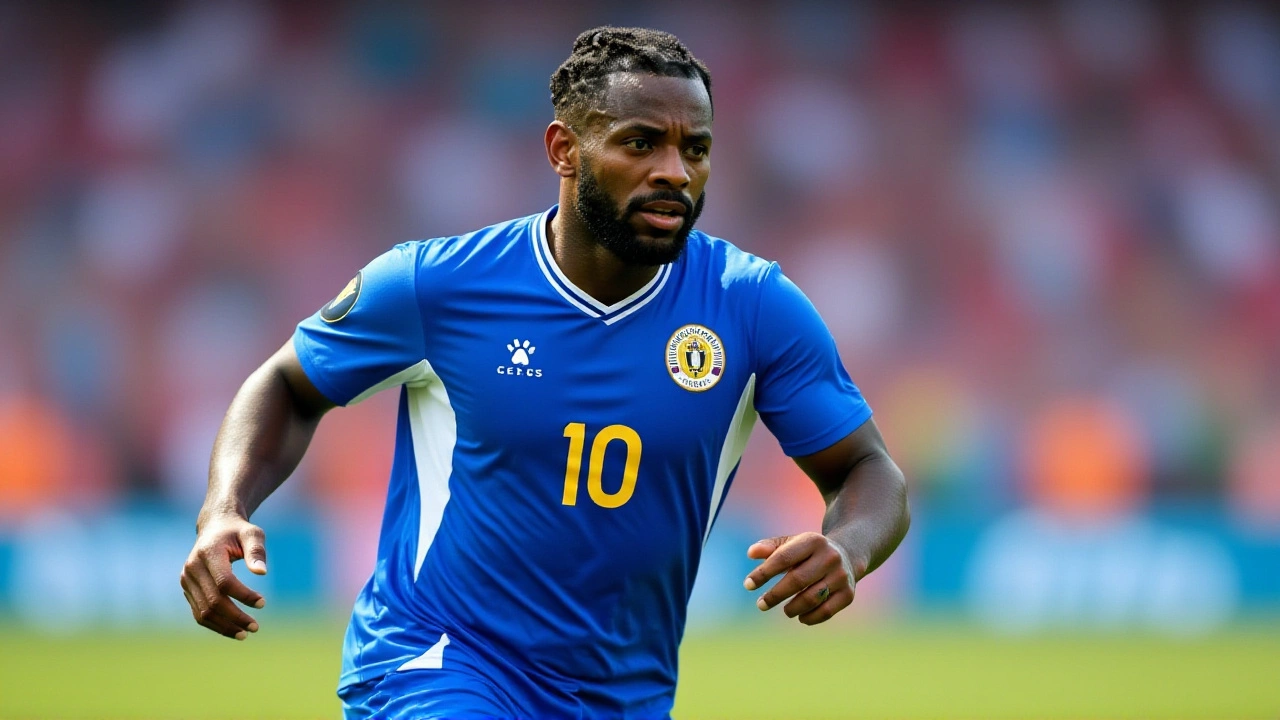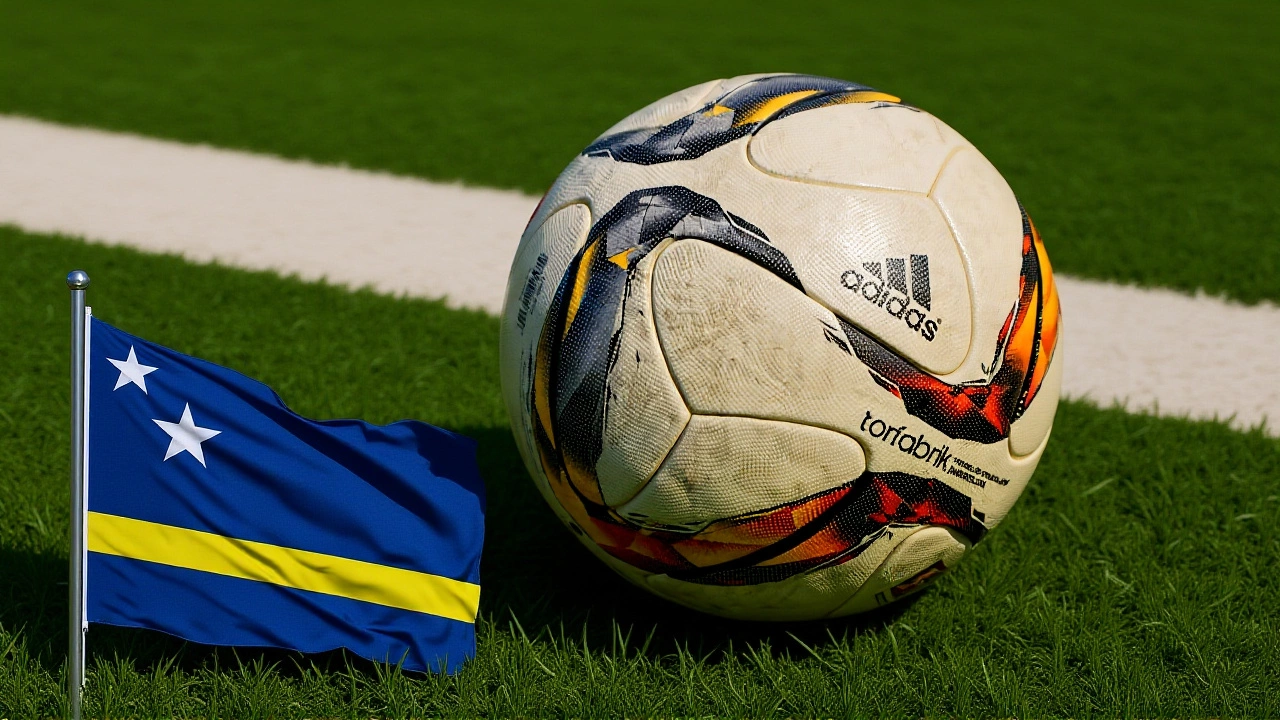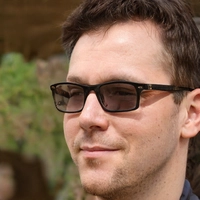When the final whistle blew in that unrecorded match against Jamaica, Curaçao didn’t just win a game—they rewrote history. On November 19, 2025, Agence France-Presse (AFP) published a raw, emotional video capturing the moment the tiny Caribbean island became the smallest country ever to qualify for the 2026 FIFA World Cup. With a population of just 160,000 and a land area smaller than New York City, Curaçao’s triumph isn’t just a sports milestone—it’s a cultural earthquake.
A Nation That Refused to Be Ignored
No one saw this coming. Not the pundits. Not the bookmakers. Not even the players themselves. The victory over Jamaica, a team with deeper World Cup pedigree and a population nearly five times larger, was a classic David-and-Goliath moment. The celebration that followed—captured in a 67-second clip by AFP—wasn’t choreographed. It was raw. An unidentified official, voice cracking with emotion, told the team: "I’m so proud of you guys and thank you." Then, 17 seconds later: "I didn’t expect this because I thought Jamaica was a strong team, but we did it." At 27 seconds, the same voice whispered, "Finally, we did it." And then came the line that will echo through Caribbean sports history: "We will show everyone that we are small, but we are big at heart. We're going to show them that we are big at heart." This wasn’t just about soccer. It was about identity. Curaçao, a constituent country of the Kingdom of the Netherlands, has long lived in the shadow of bigger neighbors. Its football federation, though active since 1921, had never advanced past the CONCACAF qualifiers. Until now.The Debutants of 2026
Curaçao isn’t alone in breaking new ground. The 2026 World Cup will be the first to feature 48 teams, and with expansion comes opportunity. Joining Curaçao as first-time qualifiers are Cape Verde, Jordan, and Uzbekistan. Each represents a different continent, a different story. But Curaçao’s is the most startling—geographically, demographically, and historically.Compare this to other small nations that made it before: Iceland (population 340,000) in 2018, or Trinidad and Tobago (1.4 million) in 2006. Curaçao is smaller than both. Its capital, Willemstad, has fewer people than many U.S. high schools. And yet, here it is—on the biggest stage in sports.

What This Means for Caribbean Football
For decades, Caribbean football has been the region’s best-kept secret. Talent is abundant—think Wesley Sneijder, who played for the Netherlands but was born in Curaçao, or Dries Mertens, whose roots trace back to the island. But infrastructure? Limited. Funding? Scarce. Stadiums? Often outdated. The fact that Curaçao’s U-20 team won the CONCACAF Championship in 2022 was a hint. But this? This is something else.The victory has already triggered a surge in youth registrations across the island. Local schools report a 40% increase in football enrollment since the qualifier. The Curaçao Football Federation, though rarely in the headlines, quietly invested in grassroots academies over the past five years. They didn’t have the budget to hire foreign coaches, so they trained their own. They didn’t have the money to fly to Europe for friendlies, so they played against Suriname, Aruba, and the Dutch Antilles—smaller rivals, but fierce.
"This isn’t luck," said one longtime local journalist, speaking anonymously. "It’s persistence. They kept playing when no one was watching. Now the whole world is."
What Comes Next?
The group stage draw for the 2026 World Cup is expected in late 2025, likely in December. Curaçao will be placed in Pot 4—the lowest seeding tier—but that doesn’t mean they’ll be easy to beat. In the 2023 CONCACAF Nations League, they held Mexico to a 1-1 draw in a packed Estadio Nacional in Willemstad. That’s not an upset. That’s a statement.And then there’s the host nations: Mexico, United States, and Canada. Three countries with massive diasporas. If Curaçao lands in a group with any of them, expect packed stadiums filled with fans wearing the island’s yellow-and-red kits. The Dutch Caribbean community in the U.S. alone numbers over 250,000. They’ll be there. Loud. Proud. Unapologetically Curaçao.

A Legacy Beyond the Pitch
This isn’t just about goals or group standings. It’s about what a small nation can achieve when it believes in itself. Curaçao has no oil, no tech giants, no global brands. But it has passion. And now, it has a place on the world’s most-watched sporting event.When the first whistle blows in June 2026, millions will tune in. Some will watch for the stars—Messi, Mbappé, Haaland. But others? They’ll watch for Curaçao. For the team that didn’t have the resources, but had the heart. For the island that proved size doesn’t define greatness. Only determination does.
Frequently Asked Questions
How small is Curaçao compared to other World Cup qualifiers?
Curaçao has a population of approximately 160,000, making it smaller than any previous World Cup qualifier. For comparison, Iceland (2018) had 340,000 people, and Trinidad and Tobago (2006) had 1.4 million. In land area, Curaçao is just 444 square kilometers—smaller than Miami-Dade County. Its qualification breaks the previous record held by Iceland.
Why is Curaçao considered a country despite being part of the Netherlands?
Curaçao is a constituent country within the Kingdom of the Netherlands, with its own government, flag, and FIFA membership since 1958. While the Netherlands handles defense and foreign policy, Curaçao controls its own sports federations and fields independent national teams—similar to Aruba and the Dutch Caribbean islands. FIFA recognizes it as a full member, not a region.
What impact will this have on Curaçao’s economy and tourism?
Already, local businesses report a 30% surge in international inquiries about travel to Curaçao. The government is planning a "World Cup Welcome" campaign to promote the island as a football destination. While direct financial gains from the tournament are minimal, the global exposure could boost tourism revenue by an estimated $15–20 million over the next two years, according to Caribbean tourism analysts.
Who are the key players on Curaçao’s team?
While no official roster was released before qualification, standout players include striker Renato Vugt, who plays in the Dutch second division, and captain Sharnol Adriana, a veteran defender with over 70 international caps. Goalkeeper Marvin Martin, who plays for a Belgian amateur club, made crucial saves during the Jamaica qualifier. Most players are based in the Netherlands, Belgium, or the U.S. lower leagues, highlighting the diaspora’s role in their success.
Has Curaçao ever come close to qualifying before?
Yes. In 2018 World Cup qualifying, Curaçao reached the final round of CONCACAF qualifying for the first time ever, losing to the U.S. in a playoff. In 2022, they were eliminated in the group stage by Canada and Panama. Their 2026 run was their most consistent: they won five of eight matches, drew two, and lost only to Mexico. This time, they didn’t just compete—they conquered.
What does this mean for other small nations in CONCACAF?
Curaçao’s success proves that with disciplined development, small nations can compete. Countries like Saint Kitts and Nevis, Grenada, and Suriname—often overlooked—now have a blueprint. The CONCACAF Nations League’s new format, which gives more games to lower-ranked teams, could be the catalyst for more surprises. The dream isn’t just possible anymore. It’s proven.

